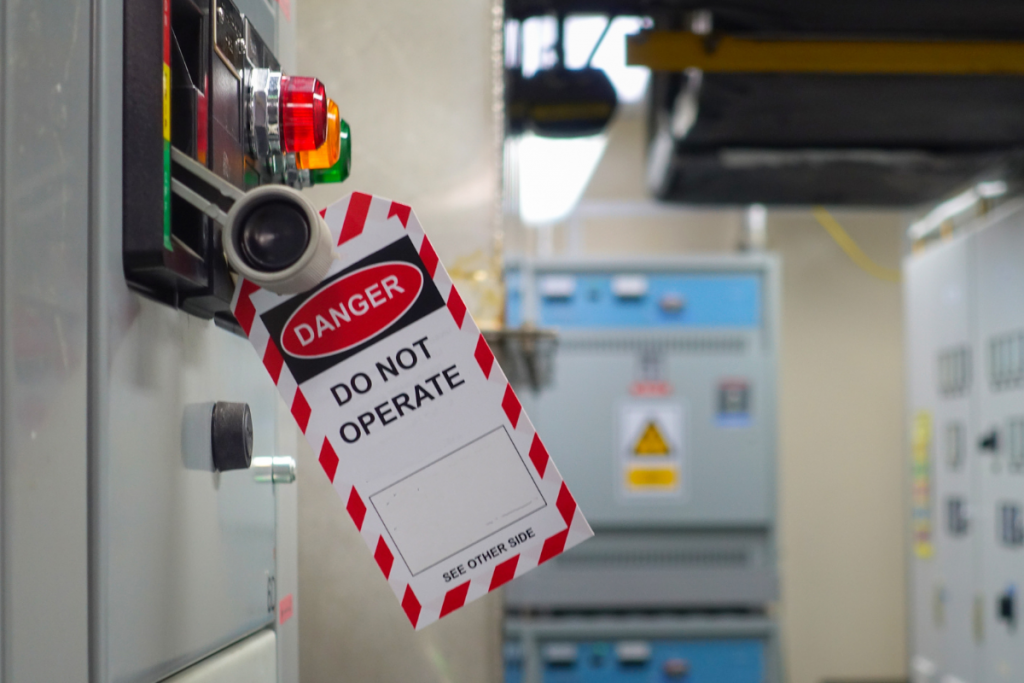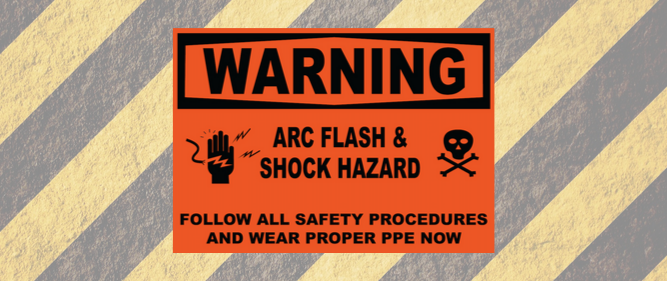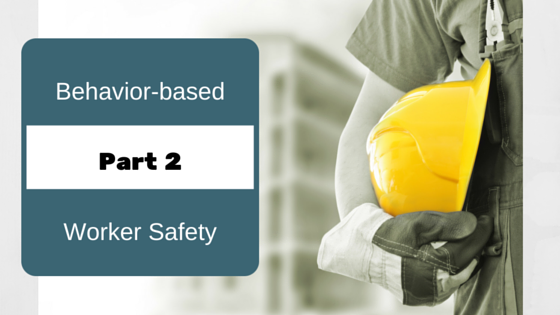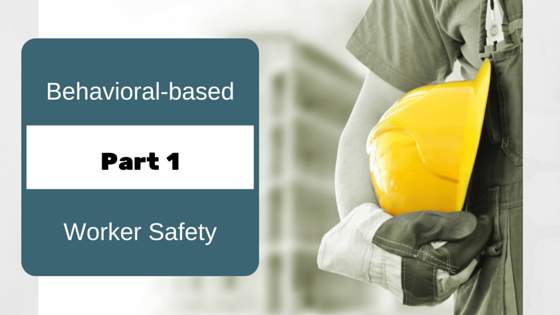Food Plant Safety: Lockout/Tagout Best Practices
It’s no secret that working in a food processing plant can be quite dangerous. In fact, the Bureau of Labor Statistics (BLS) has listed the food manufacturing industry as one of the most hazardous. A big contributor to workplace accidents is improper lockout/tagout (LOTO) procedures.
When production in a food processing plant is halted for the installation, servicing or maintenance of machinery and heavy equipment, there must be a LOTO procedure in place to prevent the machine from turning back on and injuring a worker.
Continue Reading “Food Plant Safety: Lockout/Tagout Best Practices”




![7 Security Measures to Increase Facility Safety [Infographic]](https://stellarfoodforthought.net/wp-content/uploads/2018/12/Food-plant-security-v2.png)



